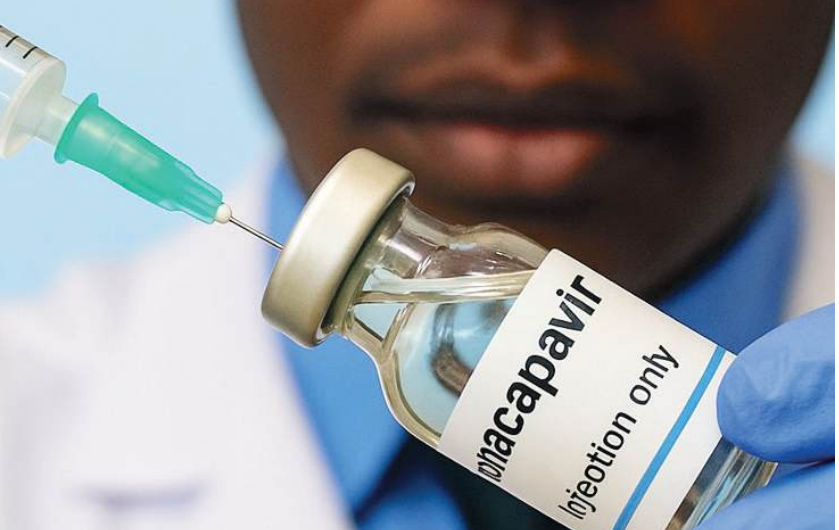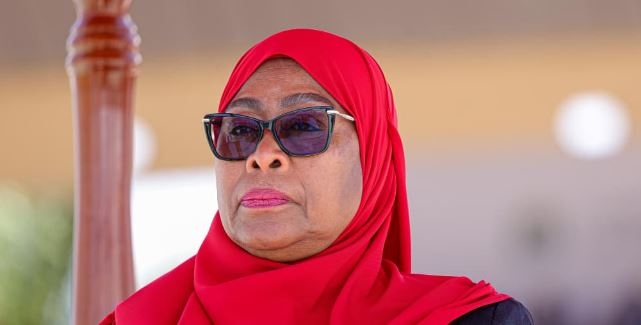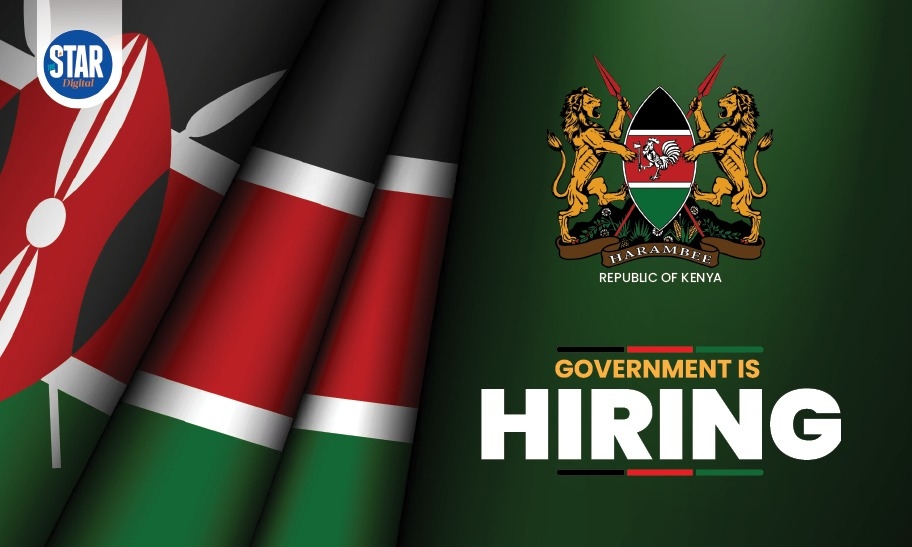
 Lenacapavir
drug /HANDOUT
Lenacapavir
drug /HANDOUT
A slum-based healthcare rights
organisation wants the new HIV prevention drug to be first rolled out in poor
neighbourhoods to bear much of the epidemic’s brunt.
The lobby also wants healthcare workers to be the first to receive it.
Kibera-based CFK Africa, an
international nonprofit organisation, says deprived neighbourhoods should
be prioritised in distributing the vaccine.
CEO Jeffrey Okoro says the introduction
of the new HIV prevention and treatment injection, Lenacapavir, could
protect vulnerable communities and the health workers.
Okoro, who grew up in Kibera, says
the drug’s dosage of two times a year makes it particularly suited for areas
where daily medication routines are difficult to maintain.
“Healthcare workers in Kenya and
other African countries face high exposure risks of HIV due to their jobs,
especially maternity staff,” he said.
“They will be among the first to
benefit from this new preventative HIV medication, as they are a small and
easy-to-identify group and can receive the twice-yearly shot through their
work.”
Lenacapavir has drawn international
attention for its long-acting protection and effectiveness.
Unlike traditional pre-exposure
prophylaxis (Prep) tablets, which must be taken daily, Lenacapavir is injected
just twice a year. It works by blocking the HIV capsid—the protein shell
surrounding the virus—stopping it from replicating in the body.
Okoro says prioritising healthcare
workers in the rollout will protect those most at risk of occupational
exposure.
“After years of working on the
frontlines of the response to the Aids crisis, these healthcare workers will
have much safer working conditions,” he said.
Kibera has been one of the
hardest-hit areas by HIV in Nairobi. High population density, limited access to
health services and poverty have long compounded the spread and impact of the
virus.
According to Kenya’s National AIDS
Control Council, Nairobi county has one of the highest numbers of people living
with HIV, with informal settlements accounting for a significant share.
Okoro says targeting high-risk,
low-income communities in the initial rollout will ensure those who have
historically faced barriers to treatment are not left behind.
“The communities that have carried
the greatest burden should be among the first to benefit from innovations that
make HIV prevention simpler and more effective,” he said.
For CFK Africa, which started more
than two decades ago as a small youth-led initiative in Kibera, the fight
against HIV remains central to its mission.
The organisation runs health
programmes, youth leadership training and research partnerships that address
public health gaps in urban slums across East Africa.
Okoro acknowledges that challenges
remain, including drug availability, cost and distribution logistics, particularly
in public health facilities.
But he believes piloting
Lenacapavir among healthcare workers and slum communities would be a manageable
and impactful start.
“Although there are still
logistical questions on how to distribute this drug more broadly, protecting
healthcare workers from HIV transmission will be one of the initial major
successes,” he said.
For Okoro, the issue is both
professional and personal. Growing up in Kibera, he witnessed families struggle
with the effects of HIV and saw young people lose parents and futures to the
disease.
Today, as he leads an international
nonprofit rooted in that same community, he hopes Lenacapavir’s arrival will
mark a turning point.
“This is about giving hope where the epidemic hit hardest,” he said. “For the health workers and the people they serve, this could be the protection they’ve waited for.”













![[PHOTOS] How Suluhu’s swearing in went down](/_next/image?url=https%3A%2F%2Fcdn.radioafrica.digital%2Fimage%2F2025%2F11%2F9cbad8a5-9bff-410e-b157-a335c61d6d8d.jpg&w=3840&q=100)










